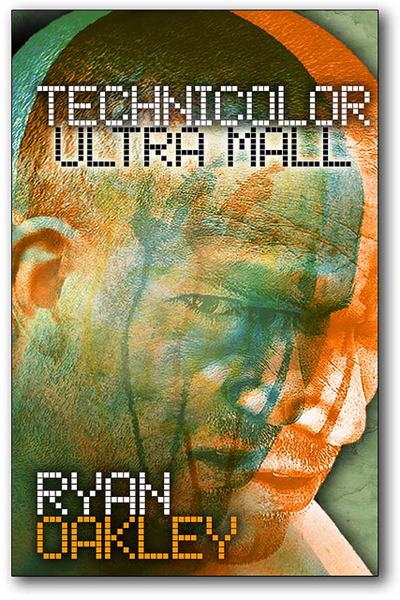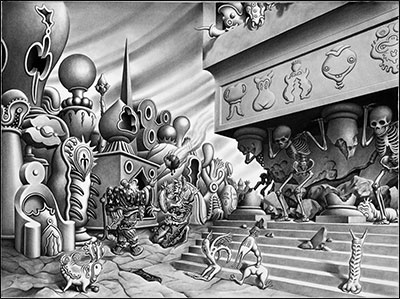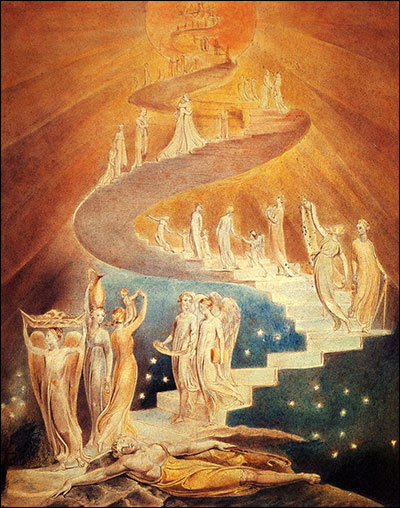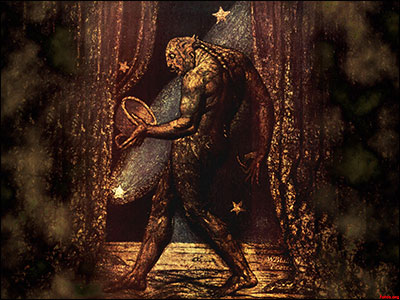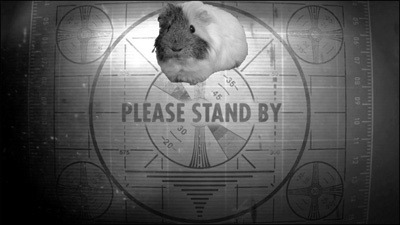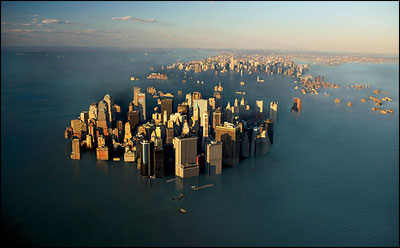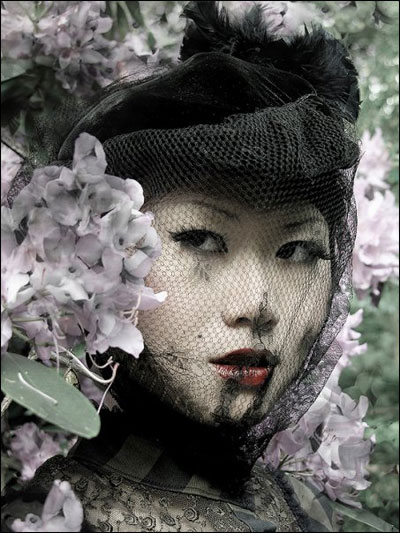John John Jesse's Punk Rock, New York Narrative
John John Jesse is a celebrated, controversial Catholic schoolboy-cum-punk rocker-cum-gonzo pop artist who came up in the dirty streets of NYC’s Lower East Side in the 80s and 90s. Luscious, filthy, fantastical, Jesse’s illustrative paintings are imbued with a lifelong appreciation for the fierce and rebellious girls he grew up with, and convey a deep understanding of the psychosexual underpinnings to work by a wide variety of fellow artists– from Gustav Klimt and Béla Iványi-Grünwald to Jamie Reid and Caravaggio. Most of the people featured in Jesse’s work are friends of his; many others are recognizable figures from sub/pop/countercultural spheres. A couple years back, Jesse moved from the big city into more pastoral climes, but his passionate love affair with the imagery and narrative of Punk Rawk New Yawk continues. Today on Coilhouse: a recent interview with JJJ conducted by Coilhouse contributor Sarah Hassan. ~Mer
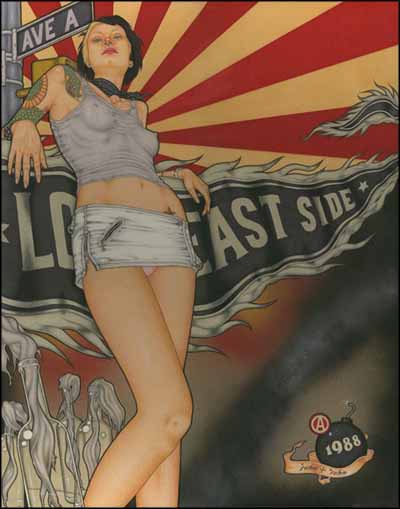
L.I.E. ’88 by John John Jesse
As the quintessential ‘punk rock painter’ from the Lower East Side, a neighborhood now known more for it’s expensive rent and boutiques than heroin addicts and street gangs, how did your move from the city affect your work, if all? Is New York City still what inspires you, or is there something to be said for the quiet of small-town living?
I left New York City because it no longer is what it was. It has turned into an extremely over-crowded college dorm. I mean, now you actually have to wait in line to cross the street and some intersections. That’s fucked! But moving didn’t affect my work at all, it just removed the distractions. You can take the boy out of the city, but you can’t take the city out of the boy, as they say. My life story is what inspires me and most of that took place in New York City, so being here – the country – just gave me the clarity to get my point across in my works.
New York can be rather distracting for an artist, there is a simplicity to living outside it that seems to enhance ones creative output. Your work appears and is often credited to be extremely autobiographical; the music, the drugs, the girls, the heartache. As you’ve developed as an artist, have your inspirations changed in anyway, or do the same themes resonate with you even more than ever?
It’s a lot of the same; I am just discovering new ways to tell my story. After time, your craft always becomes more refined and that gets me pretty eager to keep painting. And as it – my work – is autobiographical, my life continues, so therefore my story does too.
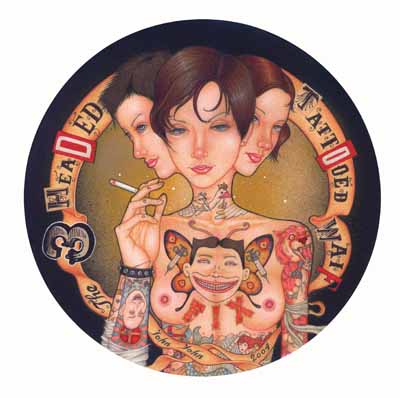
The 3-Headed, Tattooed Waif by John John Jesse
The ever-evolving body of work; it’s inspiring. The exuberance and anxiety of youth is a major theme with your paintings, which music has always been successful in addressing. How has your experience as a musician affected your fine art?
I’m now retired from touring and playing in punk bands, I don’t have the time they need to commit. Better to give a one-hundred percent to one thing than spread myself thin and do both crappy. I had been on tour or recording most of my life, so it had a huge impact on my art. I mean, we weren’t the Jonas Brothers, but you can imagine what we were like on tour. It’s pretty much a free pass to do whatever the fuck you want.




